Monthly Archive: November 2010
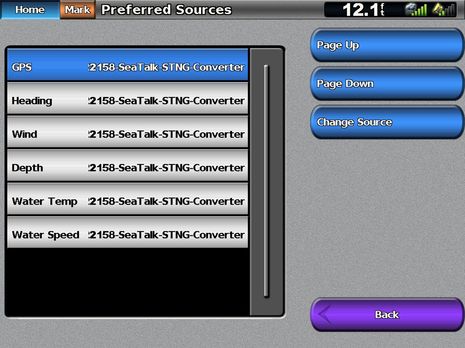
What this screen means: Since Gizmo’s current NMEA 2000 network has more than one sensor able to supply the types of data listed above, the Garmin 5212 gives me a choice of which source to use, and in each case I’ve chosen data that originated from Raymarine SeaTalk sensors and instrument displays, but was converted to SeaTalkNG (aka NMEA 2000) by Ray’s much-discussed-on-Panbo ST-to-STng Converter. Not only does the Garmin perceive all that converted SeaTalk data as valid NMEA 2000 PGNs, but it all looks decent when displayed, and I’ve done similarly successful testing on the Simrad NSE, Lowrance HDS, and Furuno NN3D MFD. So, despite Ray’s caution against using the converter on a standard N2K backbone, a whole passel of ST40 instruments are feeding Gizmo’s network, and getting power off it. And maybe that’s all you need to know, though I did get into some nitty gritty detail…
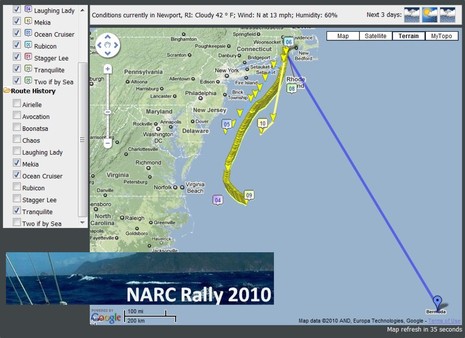
Though already a fan of SPOT for reasonably easy and inexpensive boat tracking, I didn’t realize until yesterday that there is a slick way to track whole fleets of Spot-equipped vessels (or back country runners, dog sleds, whatever), even with photos and commentary on the same site. Go to the Adventure Zone and select the NARC Rally for a current example. I’m not sure, but the service — provided by TrackMe360, which rents Spots, among other things — may even be free. And note how spread out and “off course” the NARC fleet (more info here) is, due to the atrocious weather that’s plagued the Northeast lately. One thing I’m more sure of is that boats like these will find Spot services easier to use once they can install Hug systems, instead of using handhelds…
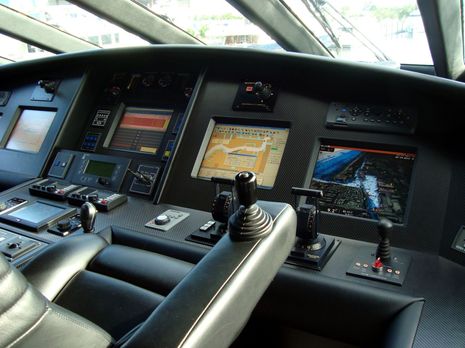
While at FLIBS, I had the pleasure of meeting Mike Spyros, Director of Service & Technical Development for Electronics Unlimited. Per usual, I invited Mike to send in details of a notable install (an open invitation, incidentally), and by golly he did, and she’s a corker. The 116-foot M/Y Moonraker might have been built in 1992, but is still claimed to be the world’s fastest mega-yacht, with a cruise speed of 28 knots. And I think the electronics makeover Mike and his team did last year is an interesting example of how familiar smaller boat brands and NMEA 2000 can be used to manage even a giant jetski…
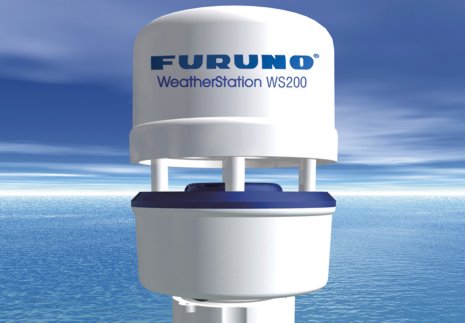
Furuno’s new WS200 wind/heading/GPS etc. sensor is obviously a re-branded Airmar PB200, and that’s fine; some customers want all their electronics to come from one manufacturer (and sometimes I think they’re smarter than I am ;-). But, in fact, there is one slight difference between the WS200 and the PB200 that Airmar ships today, and once you understand it, and the silliness around it, you too may laugh, cry, scream, or some combination thereof…
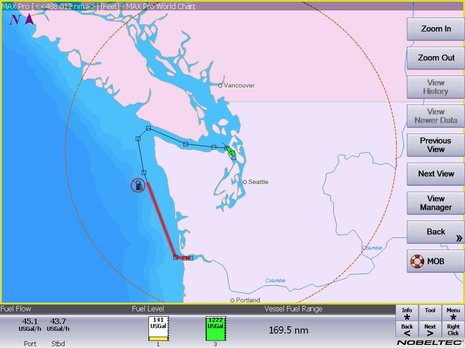
Real time fuel range — as when it’s calculated using actual fuel flow and tank levels — is darn useful information; for instance, it should let you instantly see the effects of RPM or sea state changes not only on your MPG but also on your ability to get somewhere without a forced stop. Which is why it’s neat that the Nobeltec 11 preview screen above shows the value as a number, as a circumference from your present position, and even as a distance along your active route. And there’s an implication to this screen that I’m sure many of you will welcome (and may have already figured out)…














